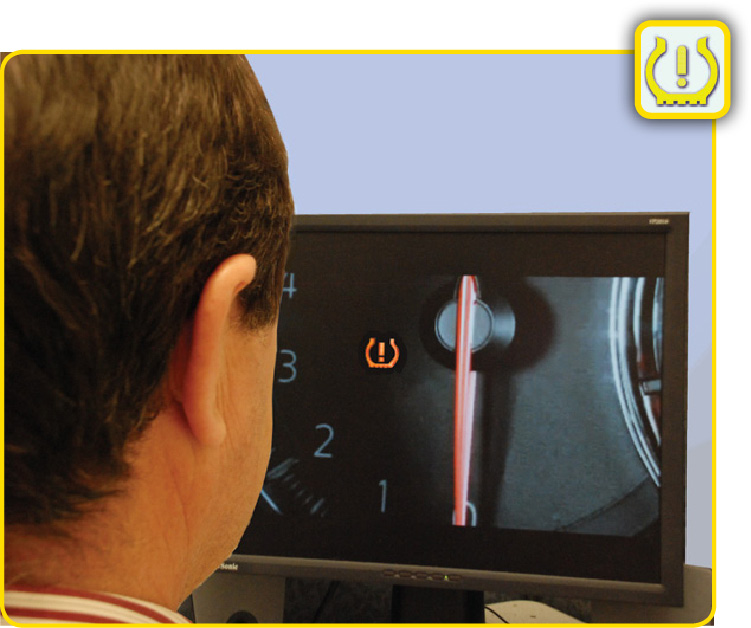Customer Satisfaction with Tire Pressure Monitoring System (TPMS)
With the cold weather season upon us, Tire Pressure Monitoring System (TPMS) related issues can be an area of concern and customer dissatisfaction. These concerns are frequently caused by improper tire pressure adjustment and improper TPMS repairs. To improve customer satisfaction, Nissan has already released several TSBs reviewing proper understanding, diagnosis and servicing of the TPMS.

In addition, to help improve customer satisfaction with Nissan vehicles, two TPMS related training activities have been added to Technician Orientation Program Certification requirements. The new requirements provide in-depth information for TPMS and the Signal Tech II diagnostic tool.
All technicians and all service personnel are encouraged to review the following topics:
Add 3-5 PSI on Warm Tires
In some cases it is recommended to compensate tire pressure 3-5 PSI over placard. These cases include normal situations such as setting pressure on WARM tires, setting pressure on vehicles stored indoors, or during periods of seasonal temperature change. Refer to the applicable vehicle owner’s manual, and ITB08-015b for more details on tire pressure compensation.

Wheel Swaps
Wheel swaps on new vehicles can cause TPMS issues. Wheel swaps always require TPMS registration of both vehicles and may require sensor swaps since similar vehicles can have incompatible TPMS causing TPMS lights to come on. See ITB10-050a for details.
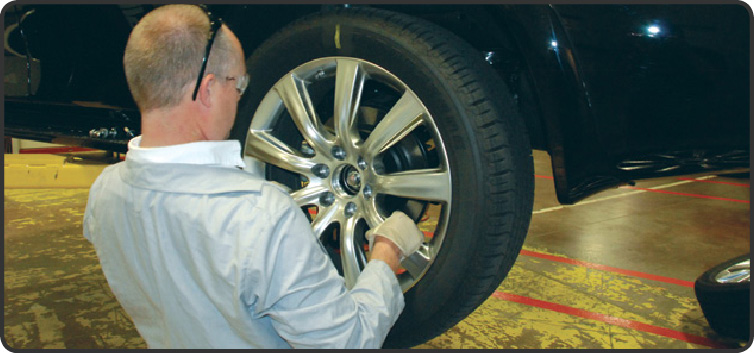
Signal Tech II
The Signal Tech II can be used by Service Consultants, Technicians and in Express Service to quickly display TPMS Trouble Codes, register sensor ID’s and reset TPMS lights. Printouts are available by connecting to any ASIST PC, and are required for all warranty repairs. Refer to IPSB/10-013 and the STII User Guide on ASIST and Virtual Academy Signal Tech II Operational Perspective” or past issues of TechTalk for more details on the Signal Tech II tool.
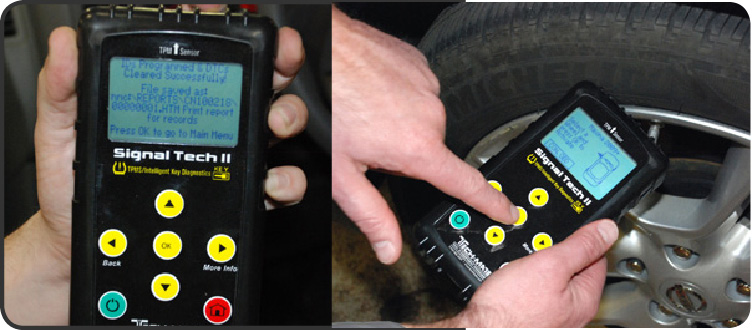
Minimum Service Training Requirements (MSTR)
As of September 15, 2011, TPMS Training is being required to comply with MSTR. The e-learning course Signal Tech II Operational Perspective and SIR Vol. 160 Tire Pressure Monitoring Updates are now required, and are available on Virtual Academy. Service Technicians currently certified will be placed in grace and will have 90 days to complete these new requirements. Technicians who do not complete these videos within the grace period will be decertified and warranty claims submitted with the technician’s ID will be suspended. See CLT-TTB for details.
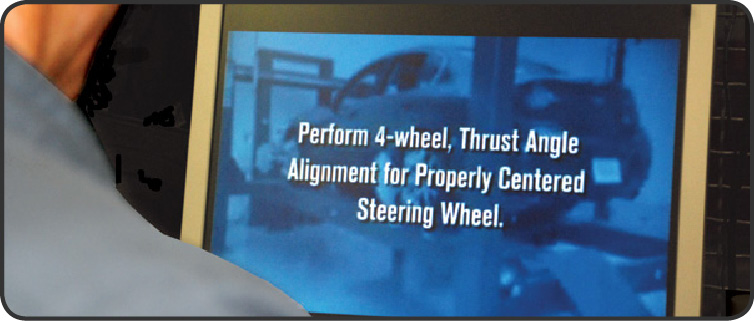
Instant Off and Easy Fill Tire Alert
Newer Nissan and Infiniti vehicles have either Instant Off or Easy Fill Tire Alert for setting proper pressure. With the ignition on, set the tire pressure at or above placard to quickly turn the Low Tire Pressure Light off. Easy Fill Tire Alert uses the vehicle’s horn to notify the customer when proper tire pressure has been reached, in addition to turning the light off instantly. See individual owner’s manuals for details.
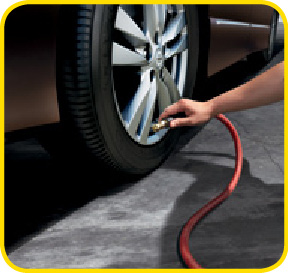
Customer Quick Reference Guide (e-QRG)
An electronic Quick Reference Guide is available online at: www.nissanownersinfo.mobi
Inform your customers that they can learn about TPMS using the site.
